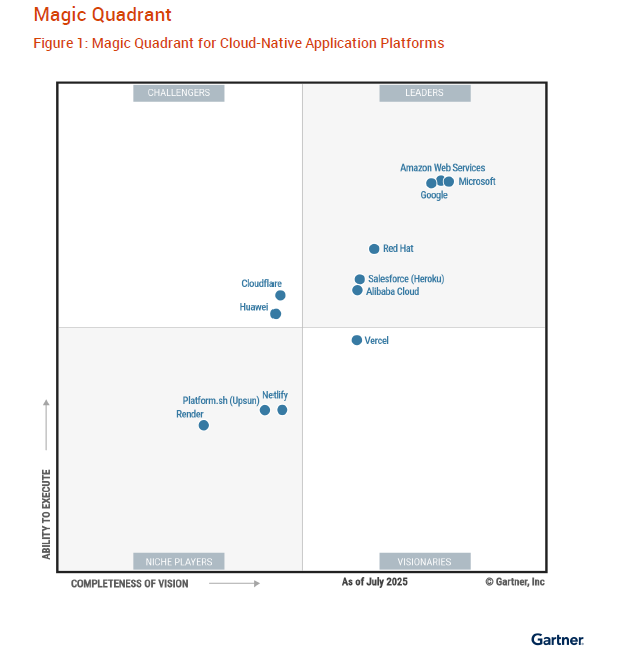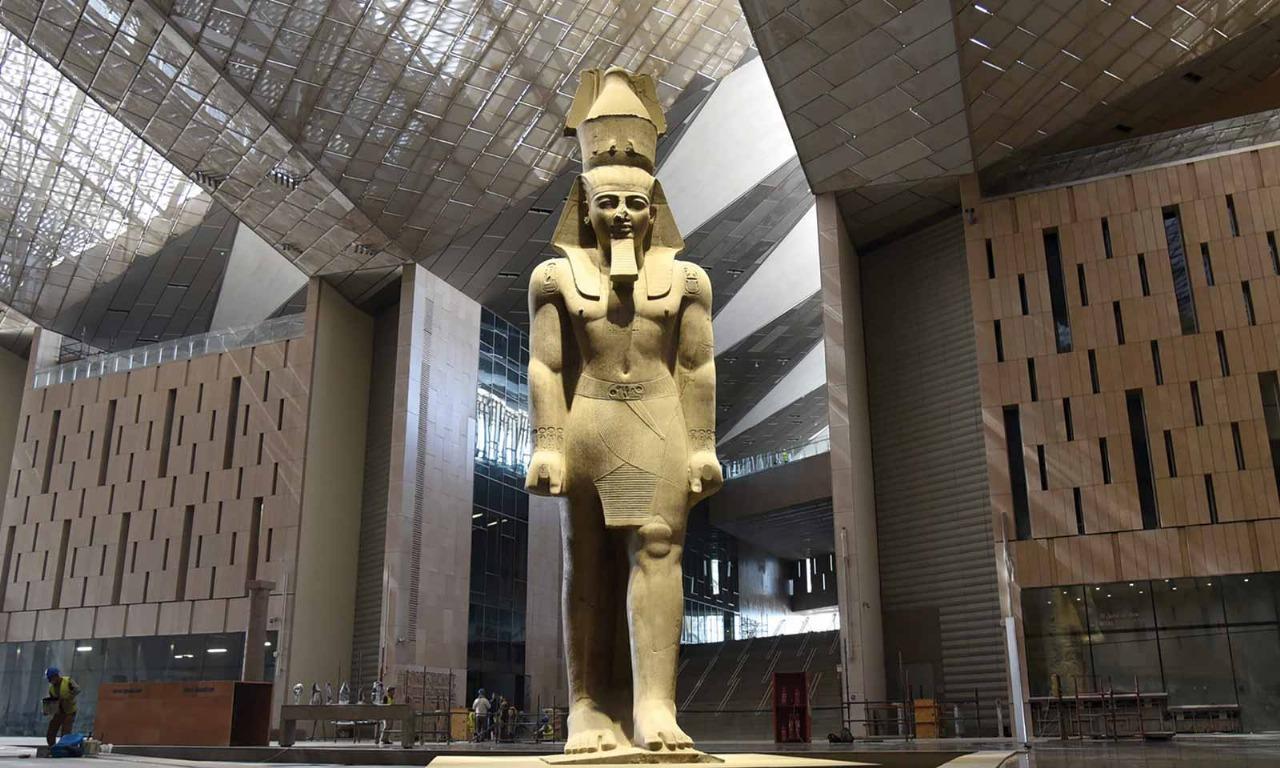By : Kevin Murphy
Vice President and Head of Ericsson Levant Countries and Global Customer Unit Ooredoo.
eSports has taken the world by storm and is here to stay. According to the World Economic Forum eSports has a captive global audience of more than 300 million and revenues of over USD 1 billion. With an increasing number of gamers and growing interest in e-tournaments, the eSports industry is expected to grow even more rapidly in the coming years.
Underlying all this remains a crucial player ushering in the new era of eSports and gaming. Being one of the most influential and exciting developments in technology, 5G is powering new possibilities in this industry.
For eSports professionals and players, network environments and stable connections are key. The prospects of faster speeds and improved latency can provide them with a competitive edge. With raw speeds reaching 10Gbps, almost 10 times that of 4G, gamers can expect smooth and uninterrupted play. Having faster response times, reaching a latency of 5 milliseconds, is staggering.
For players, this reliability can mean the difference between winning or losing a match. For audiences, imagine high-definition live streamed eSports games with interactive dynamics. The opportunities to transform how games are streamed becomes limitless, with added Virtual Reality (VR) and Augmented Reality (AR) elements, as well as multi-viewpoint streams, all made possible with 5G infrastructure.
Alongside this, as we enter the new era of streaming and everything-as-a-service, gaming will stop being limited to a certain device or place and can be accessed anywhere on the go. Processing power will be shifted to the cloud, eroding the need for high-performance and specialized devices. According to the Ericsson Mobility report, the combined capabilities provided by 5G networks and edge compute technologies will enable game streaming services on smartphones with a quality of experience (QoE) at par with PC or console, and also open up for innovative, immersive mobile games based on mobility. That makes gaming available to a wide range of audiences, with nearly anyone accessing a 5G connection able to join the gaming community. This is revolutionizing the industry as mobile and cloud-based gaming is set to take precedent, powered by 5G connections and higher bandwidth.
With the proliferation of Internet of Things (IoT) devices and increased uptake of 5G, there is no stopping. By 2025, 30 percent of wireless connections will use 5G, rising to 65 percent by 2030. Globally, 5G networks will enable cumulative consumer revenues of nearly USD 31 trillion by 2030. Particularly, there is strong appetite for 5G in the region, as the GCC has some of the highest internet and mobile penetration rates in the world. According to the Ericsson Consumer Lab “Harnessing the Consumer Potential Study”, the UAE and KSA have some of the greatest percentages for consumer willingness to upgrade to a 5G device. Increased 5G consumer willingness and adoption coupled with a thriving interest in gaming in the region is ushering in unparalleled capabilities and benefits to the gaming industry.
In the GCC in specific, where the countries are 5G pioneers, we’re seeing increased attention from organizations and governments towards gaming, with plans announced for major eSports Hubs and tournaments. In line with visions of diversifying their economies and creating digital hubs, governments are investing more in eSports to bring together innovation, gaming and entertainment. Upcoming venues in the region like Pixel complex in Abu Dhabi and the Dubai X-Stadium, are expected to be world-class and push the region as a key player in hosting eSports games. In KSA, the Saudi Arabian Federation for Electronic and Intellectual Sports (SAFEIS), is playing an important role in further developing the gaming industry and nurturing eSports and gamers in the Kingdom.
While business, consumers, and governments stand to benefit from the possibilities of 5G, the technology is an important player in the world of eSports and gaming, and the applications in the future seem practically endless.














































































